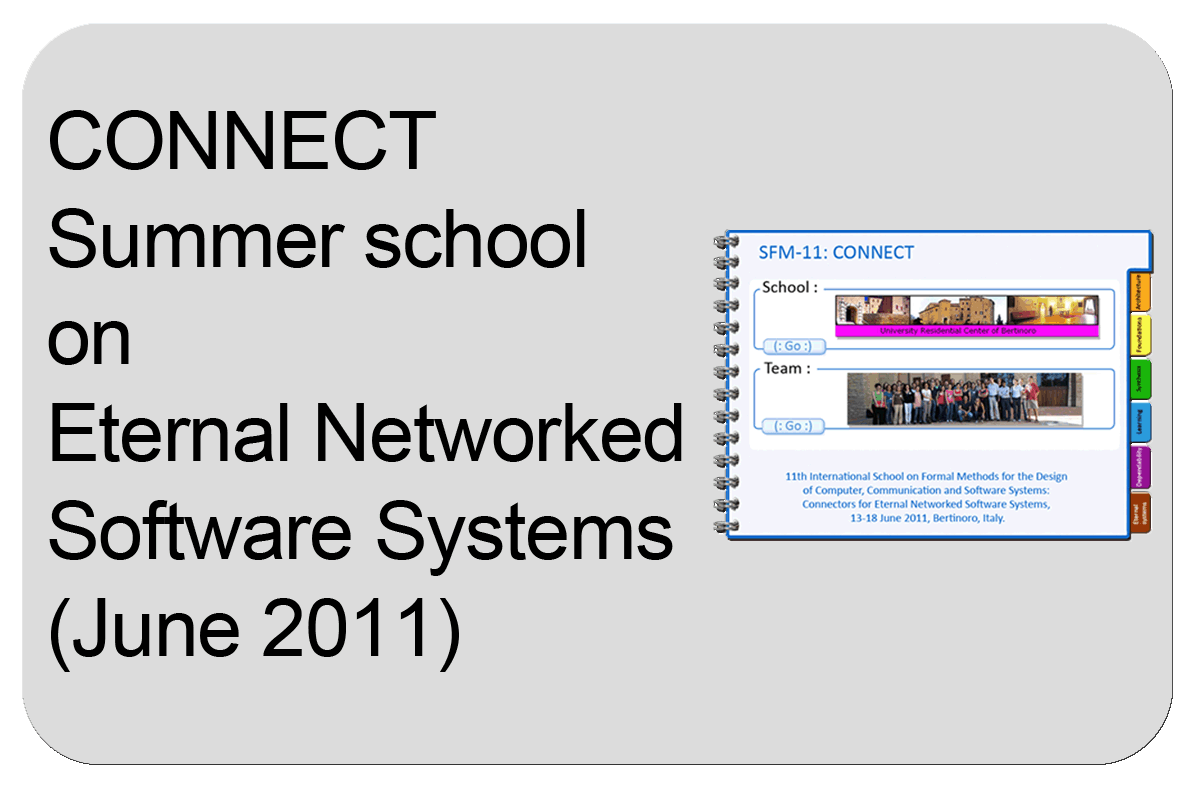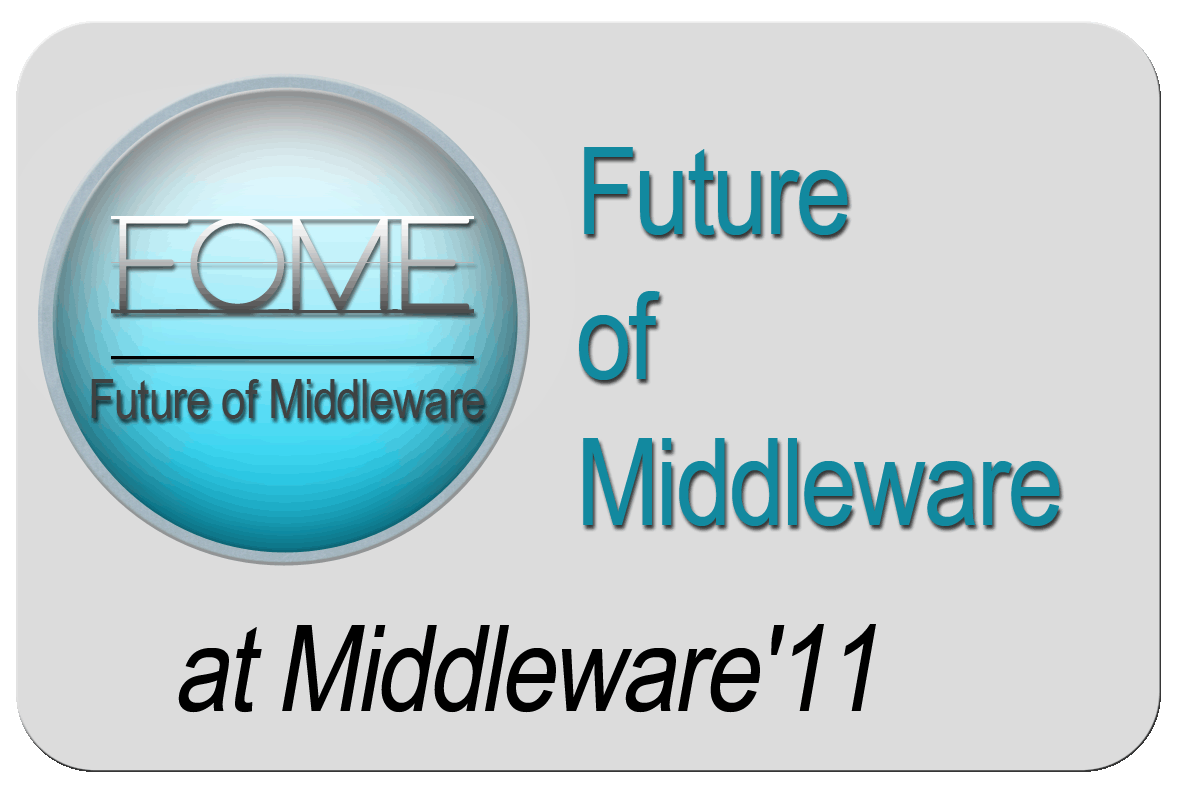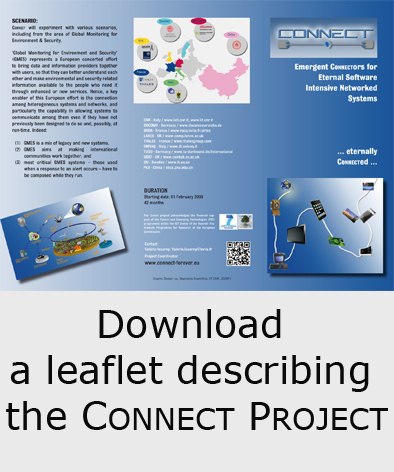       



@ 2013 - Site Map - Credits |
 |
Interaction Behavior Monitoring & Learning |
| |
|
| Objectives |
Our work aims to develop techniques for learning and eliciting representative models of the CONNECTor-related behavior of networked peers and middleware through exploratory interaction.This includes:
- Learning application-layer and middleware-layer interaction behaviors,
- Run-time monitoring and adaptation of learned models,
- Development of adequate tools.
Our work is based on existing techniques for learning the temporal ordering between a finite set of interaction primitives. Such techniques have been developed for the problem of regular inference (i.e., automata learning), in which a regular set, represented as a finite automaton, is to be constructed from a set of observations of accepted and unaccepted strings. The most efficient such techniques use the setup of active learning, where a model of a system is learned by actively performing experiments on that system.
|
Understanding the Role of Learning in CONNECT |
Towards understanding how learning techniques should be adapted to satisfy the needs of the CONNECT process, the following development has taken place:
- A set of case studies on learning have been conducted in order to better understand the practical problems related with the inference of networked systems. A set of requirements for networked peers (addressing the identified problems) has been derived.
- Requirements on availability and representation of a priori interface information for learning have been derived.
- A framework for employing abstraction during learning is under development.
- LearnLib, the library for automata learning developed by TU Dortmund has undergone a major restructuring effort in order to support the integration of methods that will be developed as part of the CONNECT project.
- We have improved on the best available algorithms for comparing hypothesis and target automata when performing equivalence queries in a white-box context.
|
Extending Automata Learning and Integration with Monitoring |
We have so far spent significant effort on understanding needs for learning, in order to develop its power and to meet the needs of the CONNECT context.Main directions for subsequent work are:
- Extending automata learning: State of the art learning algorithms work on rather unexpressive models (finite state machines). To support all the phenomena that are typically used in the specification of networked components (parameterized actions, functional and non-functional parameters, state- or global variables, infinite state space) in a feasible fashion, the underlying models will have to be extended accordingly.
- Handling QoS: The CONNECT framework also takes QoS parameters into account. Learning is envisioned to be one source of data concerning the fulfillment of QoS properties. We will develop techniques for monitoring and learning QoS properties of interaction behavior.
- Monitoring to support re-learning: It is envisioned for the learning tools to integrate tightly with the monitoring system, developed in WP5, in order to get information about the (in-)correctness of the inferred models.
- Tool plans: It is planned to extend support for abstractions and parameters in the LearnLib library.
|
Tool support for automata learning and experimentation
- The LearnLib framework now publicly released
Further Information |
| More information about the CONNECT work on learning can be found from the Publications page.
|
|











